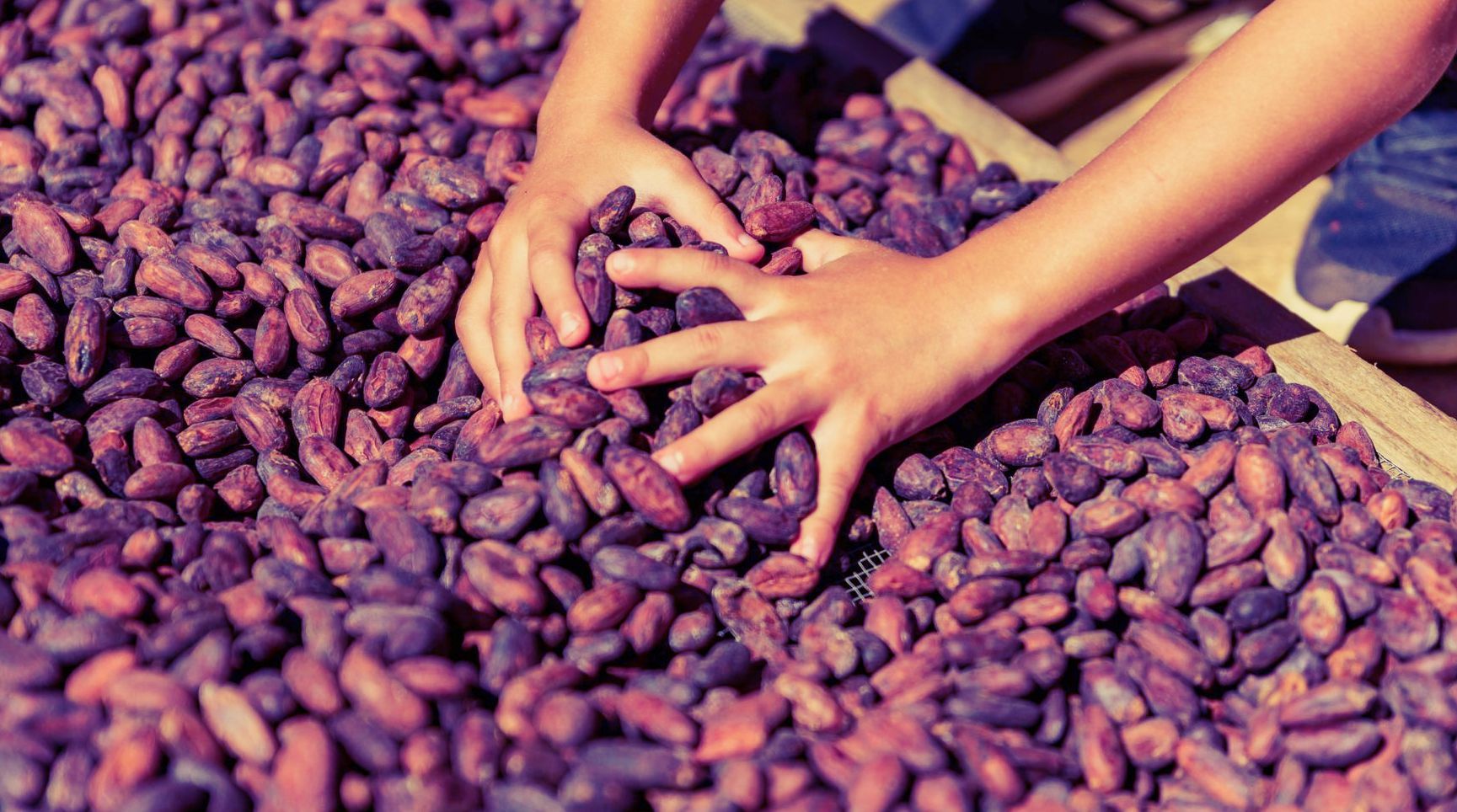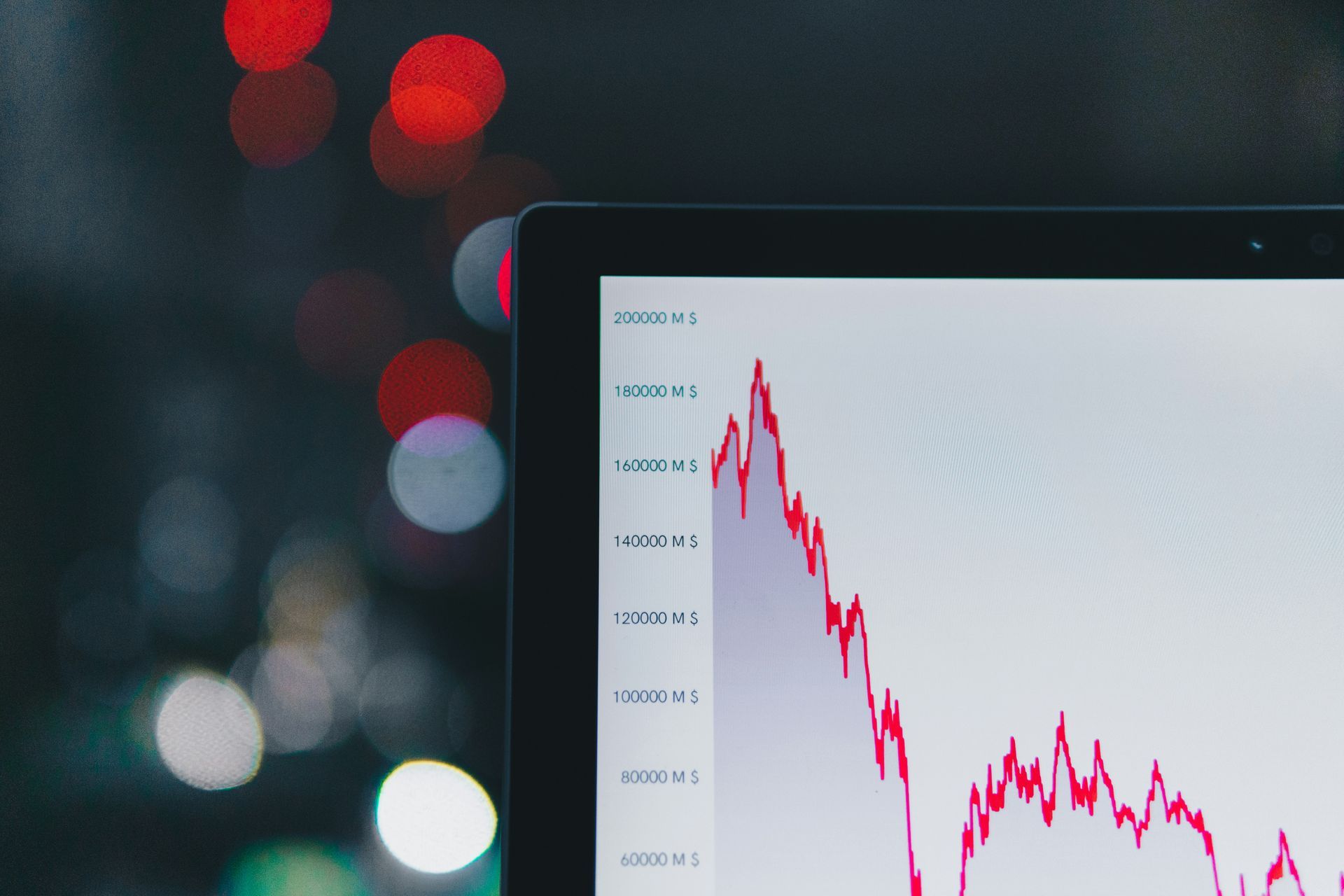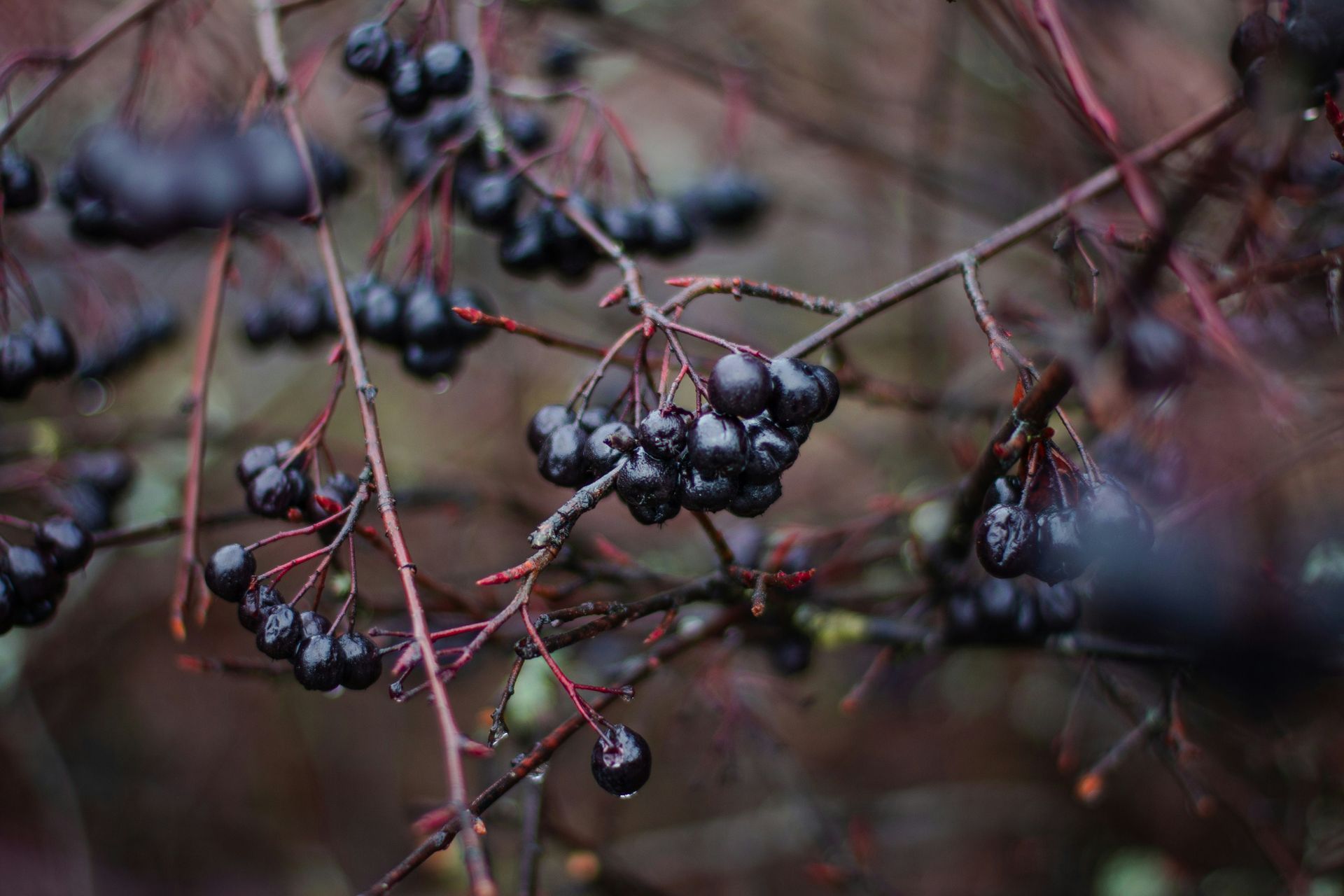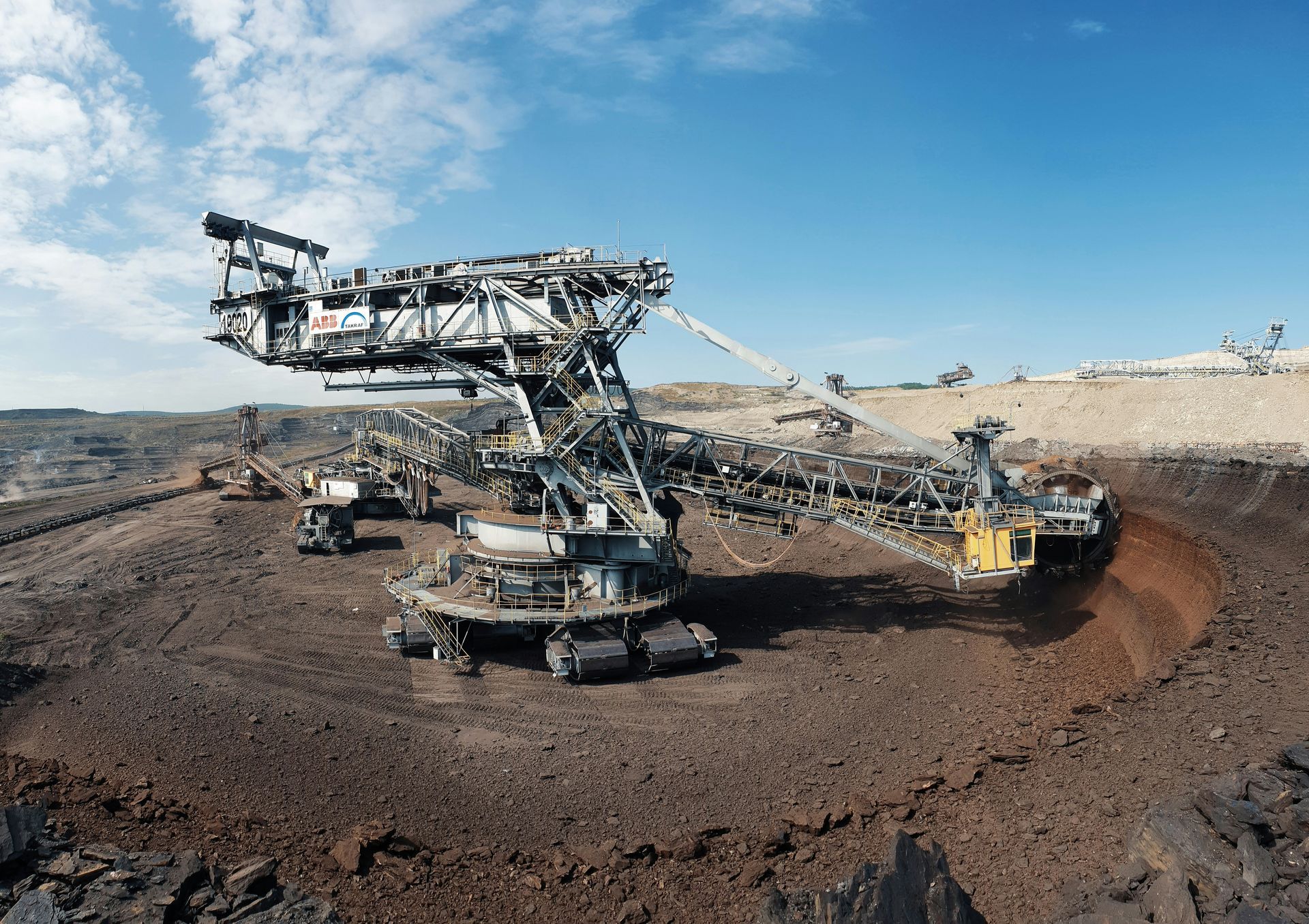A viral chocolate sensation with unseen costs - Part 2
The Dubai chocolate bar phenomenon inspired an international wave of imitators—brands and retailers alike eager to capitalize on the moment.
But who supplies the cocoa behind these products, and under what conditions is it produced?

High traceability, persistent risks
Certain reputable companies have made conscious efforts to inform consumers about the origin of their chocolate with varying degrees of success.
Lindt & Sprüngli, one of the few large companies selling a "Dubai-style" bar, reports that 100% of its cocoa beans are traceable through its Farming Program, which operates in countries including Ghana, Ecuador, and Madagascar.
Its cocoa is barcoded and linked to mapped farms, with audits conducted by Earthworm Foundation.
Love Cocoa, sourcing Colombian cocoa through Luker Chocolate, uses beans from post-conflict areas where cocoa production is promoted as an alternative to illicit crops.
While traceability is stronger and the supply chain more consolidated, local reports suggest issues with land tenure and precarious seasonal labor.
Luker does not disclose how many farms are externally audited or whether labor inspections occur.
Limited transparency in conventional brands
More commercial brands appear to have a lesser level of transparency.
For example, Bouchard sources cocoa from Ghana and Côte d’Ivoire but does not specify whether it uses segregated or mass balance supply.
Ghana and Côte d’Ivoire together account for over 60% of global cocoa production and are among the countries with the highest prevalence of child labor and hazardous work.
Trader Joe’s Dubai-style bar, produced by Patis Food Group in Turkey, has no cocoa origin declared.
Turkey is not a cocoa-producing country, so the beans are likely imported via European bulk supply from West Africa or Latin America. Given the product’s price and lack of labeling, the cocoa is most likely conventional.
Processors like Barry Callebaut, Cargill, and Olam dominate the global cocoa trade and serve as key suppliers to chocolatiers and food manufacturers.
Each of them operates large grinding facilities and warehousing hubs in Côte d’Ivoire, Ghana, Nigeria, Brazil, and Indonesia.
While they run sustainability programs, investigations have found that traceability is often not guaranteed at the first mile—meaning beans from unregistered farms or illegal plantations may enter the supply.
For example, Barry Callebaut claimed in 2023 that it could trace 70% of its cocoa to cooperative level. Yet a 2022 joint investigation by Lighthouse Reports and The Washington Post revealed that cocoa from protected forest areas in Côte d’Ivoire still enters supply chains, particularly when intermediaries aggregate and mix beans before they reach exporters.
Structural limits to traceability
The problem is compounded by national cocoa marketing boards. In Ghana, for instance, the Ghana Cocoa Board (COCOBOD) controls pricing and export logistics.
While this ensures a baseline farmgate price, it also means that beans from different farms are pooled before export.
This makes true traceability to the individual producer nearly impossible under the current system.
In Ecuador and Colombia, which export smaller volumes of cocoa but have more direct trade structures, traceability is easier to establish.
Still, land disputes, pesticide exposure, and temporary contract work are common issues in farming communities.
In post-conflict Colombia, armed groups have at times coerced farmers into producing cocoa under extortion, though this has diminished in recent years.
Ultimately, the copycat bars capitalizing on the Dubai trend represent different levels of risk.
The cheapest and least labeled offerings are almost certainly using conventional cocoa—mixed, untraceable, and potentially linked to child labor or illegal farming.
Premium brands like Lindt and Love Cocoa offer stronger oversight, but even they depend on certification schemes or internal monitoring systems that can’t always detect labor rights violations, particularly when those occur below the cooperative level.



